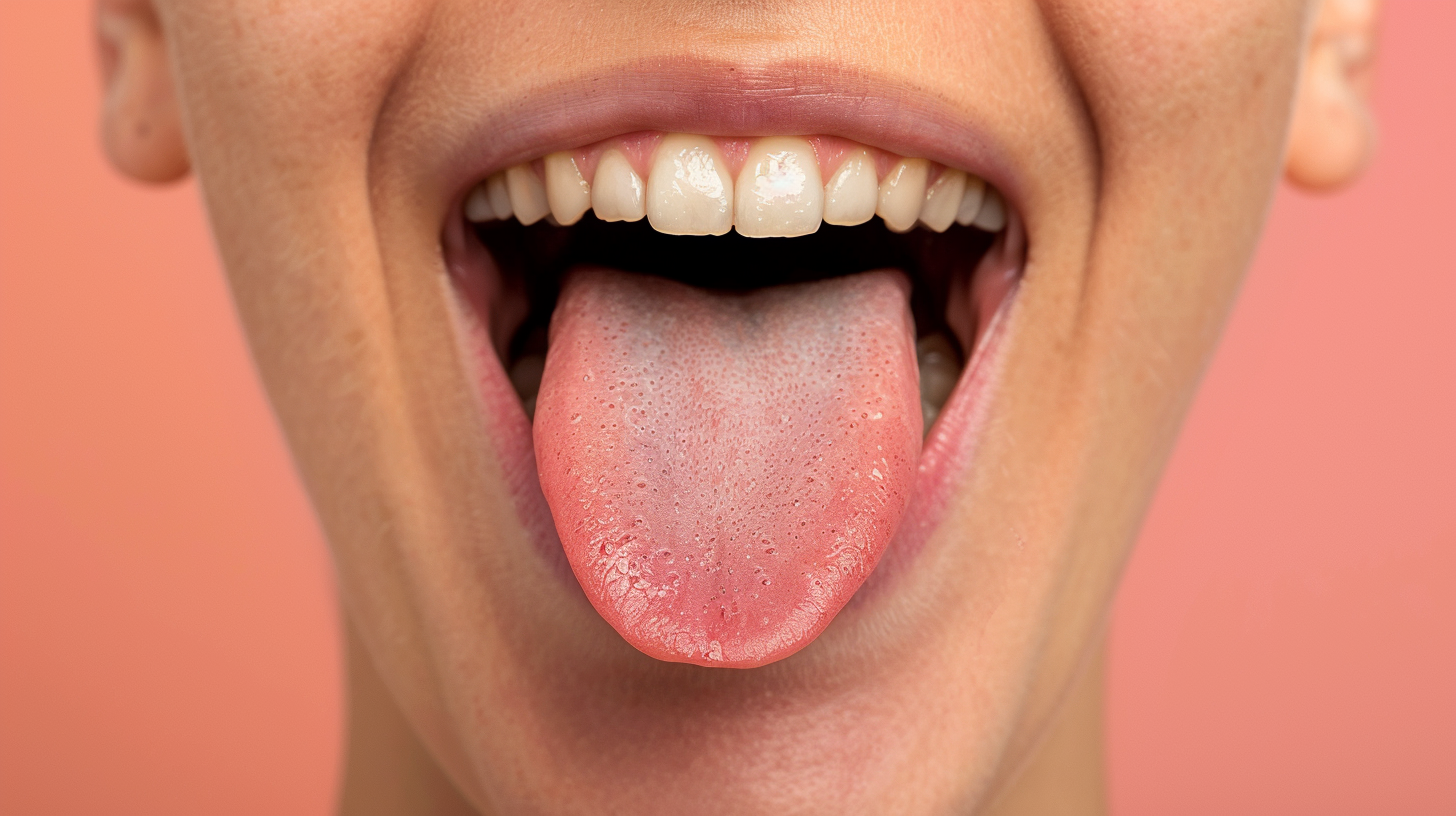Introduction: Good Posture Builds Good Speech
When a child isn’t speaking clearly, most people focus on the tongue, lips, or vocabulary. But the foundation of speech starts deeper—in the airway, posture, and breath.
At BreatheWorks, we treat children with speech delays, articulation challenges, and oral motor issues by addressing posture and myofunctional foundations first. Because how a child breathes, sits, and rests their mouth shapes how they speak.
Why Posture Affects Speech in Children
Developing clear, confident speech requires:
- Stable trunk and head posture to support jaw and tongue movement
- Functional nasal breathing to fuel phonation and reduce fatigue
- Coordinated chewing and swallowing to build oral motor strength
- Rest posture of the tongue on the palate—not the floor of the mouth
- Emotional and sensory regulation, which posture also affects
If a child is slouching, mouth breathing, or has low muscle tone, it becomes harder to:
- Coordinate speech sounds
- Maintain steady airflow for long utterances
- Use adequate volume or clarity
- Develop consistent articulatory patterns
Real-World Case: A 4-Year-Old with Speech Delay and Open Mouth Posture
A parent brought in a 4-year-old with unclear speech, poor endurance for talking, and open-mouth posture at rest. The child was frequently sick and had difficulty chewing foods with texture.
Our assessment revealed:
- Forward head and collapsed sitting posture
- Low tone and retracted tongue position
- Frequent mouth breathing treatment
- Immature chewing pattern and oral motor fatigue
BreatheWorks intervention included:
- Oromyofunctional therapy to improve tongue rest posture, chewing, and oral awareness
- Speech-language therapy for articulation and motor planning
- Breathing exercises to shift from mouth to nasal breathing
- Parental coaching on posture during mealtime, play, and learning
After 10 weeks:
- Significant improvement in speech clarity and confidence
- Chewing endurance increased, and more foods were tolerated
- Posture improved both seated and standing
- Reduced drooling and open-mouth resting
Signs Your Child’s Speech Challenges May Be Postural
- Slouched sitting or difficulty maintaining upright posture
- Open mouth posture at rest
- Nasal-sounding or muffled speech
- Tongue pushing against or between the teeth
- Frequent drooling, messy eating, or picky eating
- Fatigue after short conversations
- Delayed speech milestones or articulation concerns
How BreatheWorks Supports Children Through Whole-Body Speech Therapy
Our pediatric therapy model includes:
✅ Speech therapy and oromyofunctional therapy integrated for lasting progress
✅ Collaboration with pediatricians, ENTs, dentists, and feeding therapists
✅ Coaching for parents on posture, mealtime, breathing, and sleep
✅ Early intervention for long-term developmental success
✅ Insurance-covered options and virtual care for access across Oregon and beyond
Key Takeaways
- Speech development is rooted in the body—not just the mouth
- Poor posture, mouth breathing, and low oral tone can all delay clear communication
- Orofacial therapy, breathwork, and posture support help children thrive
At BreatheWorks, we support the whole child for stronger speech, better breathing, and long-term success.



